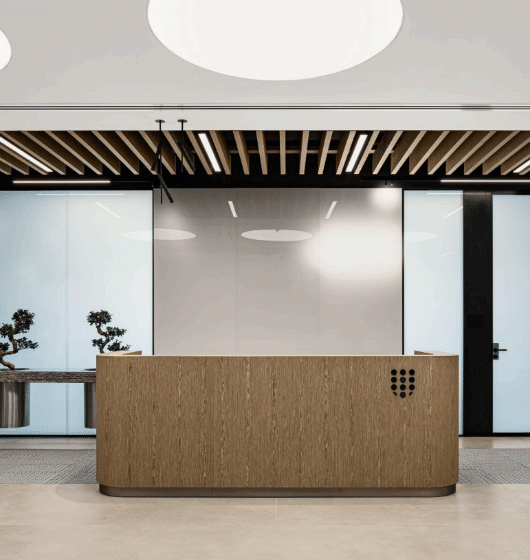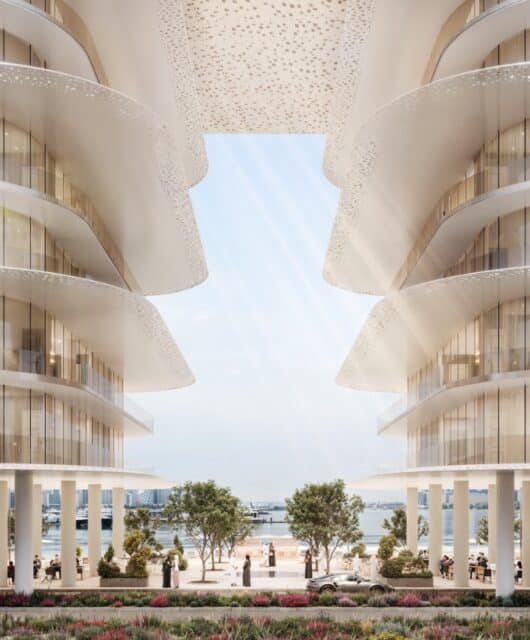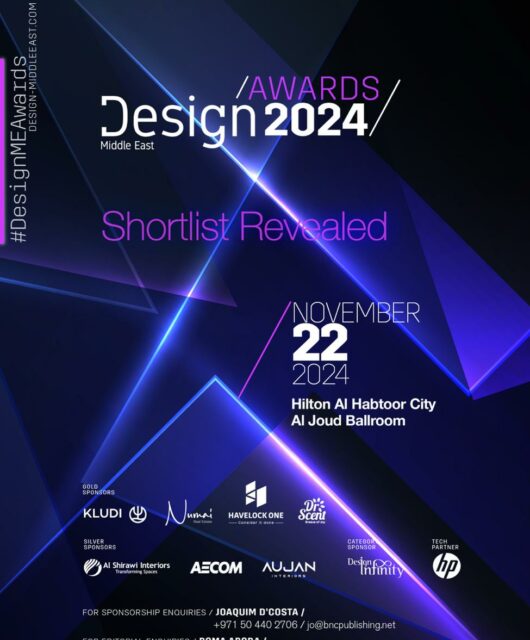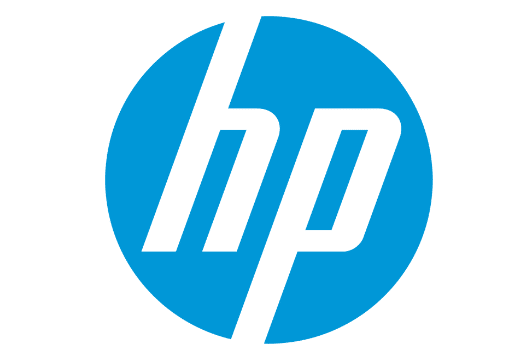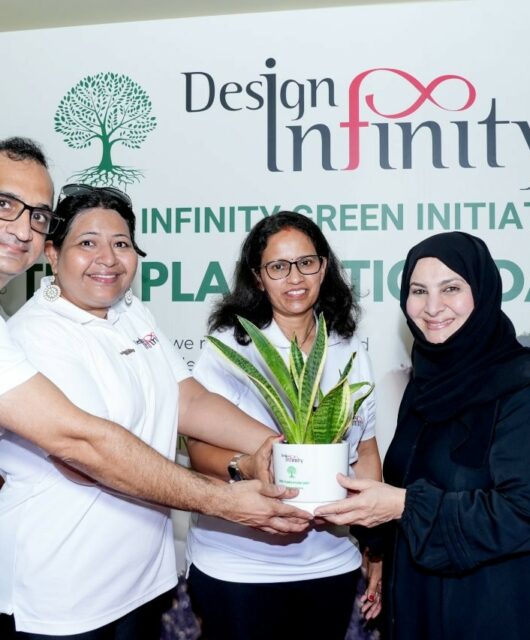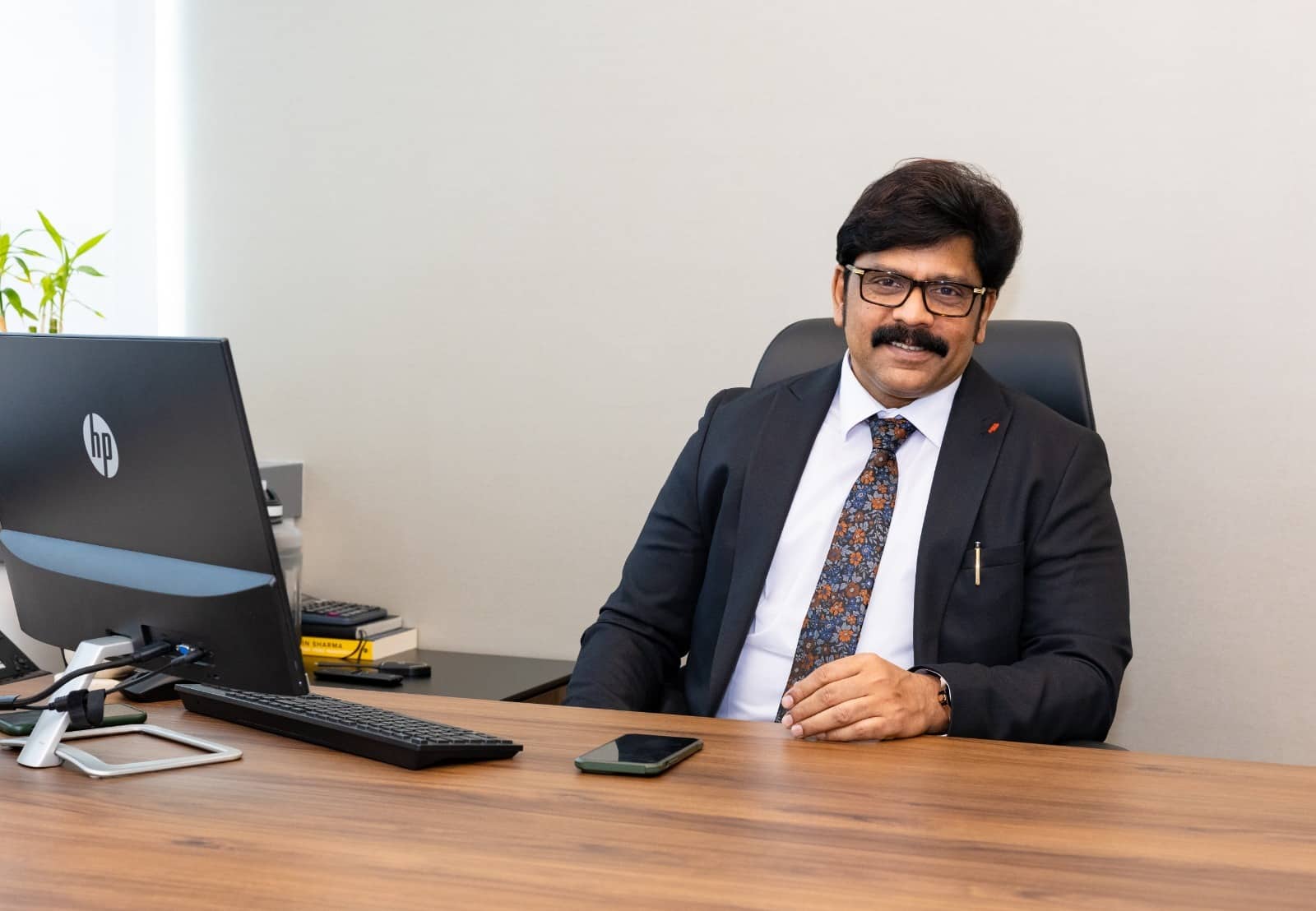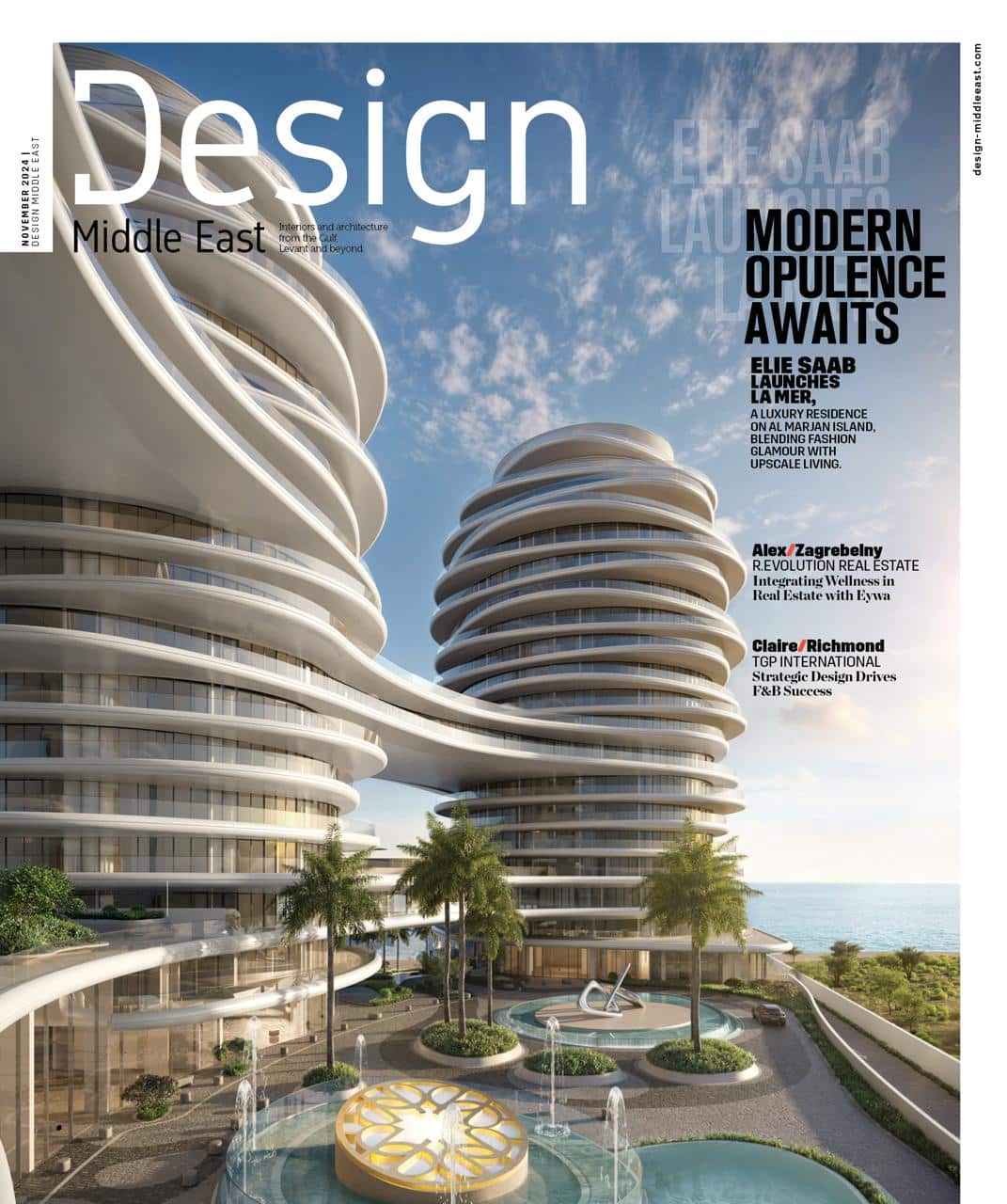Summertown Interiors delivers Takeda’s new HQ, designed by Roar
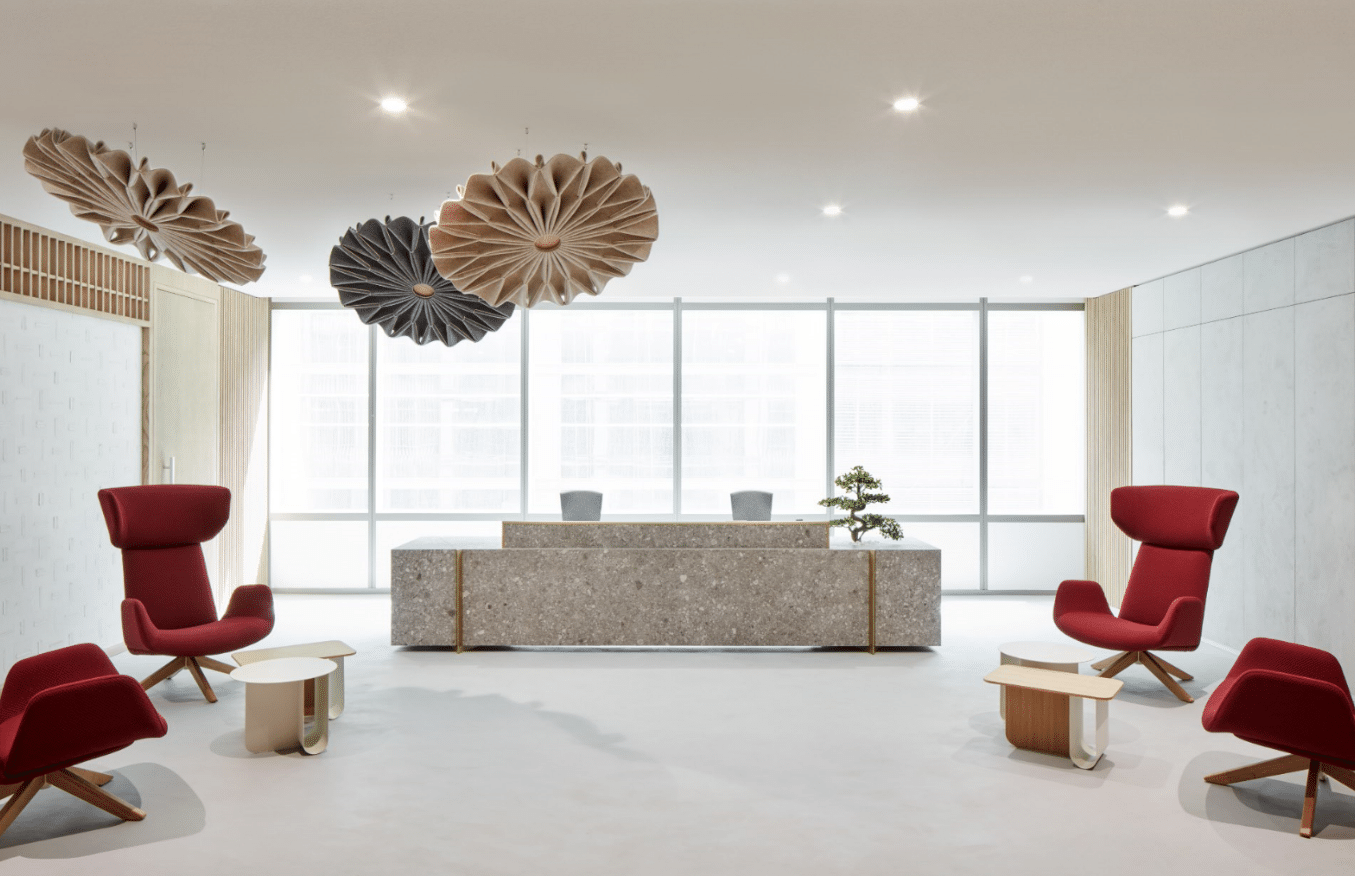 Summertown Interiors delivered the new Middle East headquarters for Japanese pharmaceutical company, Takeda. Located in the prestigious One Central Development in the Central Business District of Dubai World Trade Centre Authority (DWTCA), Takeda’s stunning new 2,075 sqm office was designed by interior design firm Roar, project management by CBRE, and has been awarded LEED silver certification from the USGBC.
Summertown Interiors delivered the new Middle East headquarters for Japanese pharmaceutical company, Takeda. Located in the prestigious One Central Development in the Central Business District of Dubai World Trade Centre Authority (DWTCA), Takeda’s stunning new 2,075 sqm office was designed by interior design firm Roar, project management by CBRE, and has been awarded LEED silver certification from the USGBC.
The result of the ‘design and build’ project is a stunning contemporary office with a blend of traditional Japanese design philosophy with modern mathematical efficiency that is anchored in local culture.
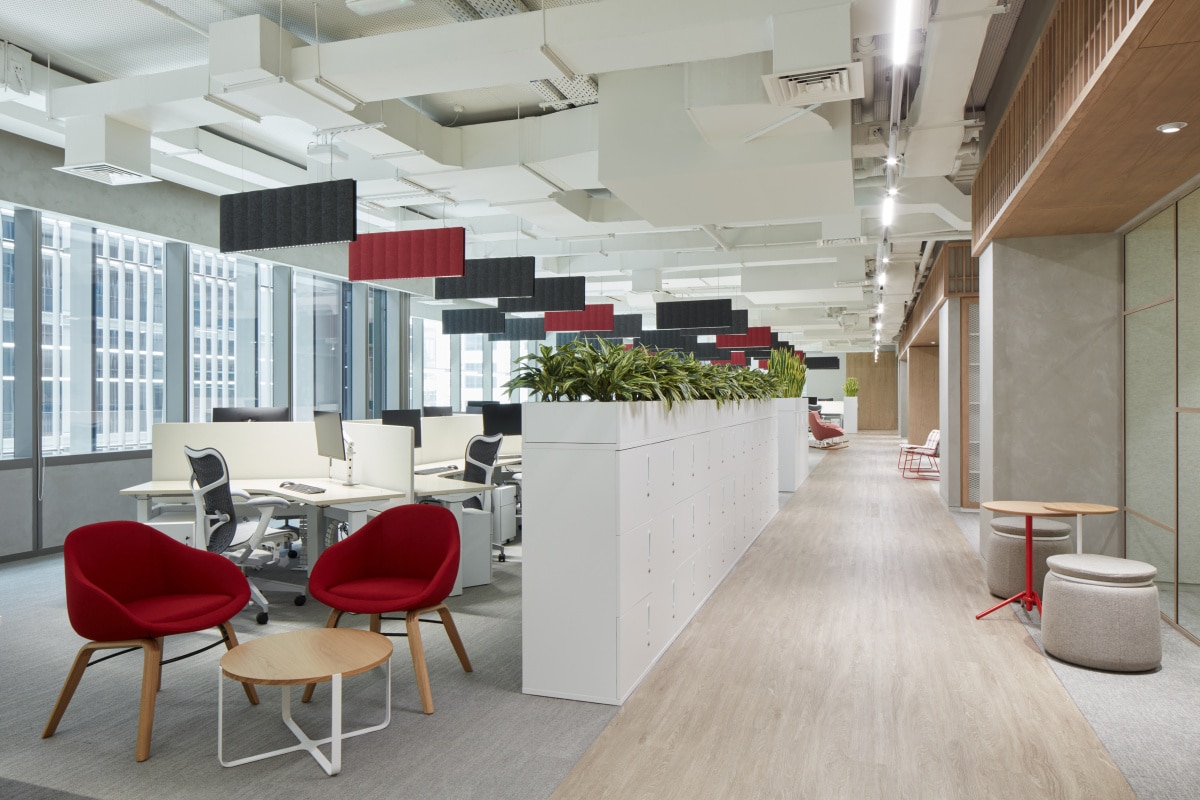
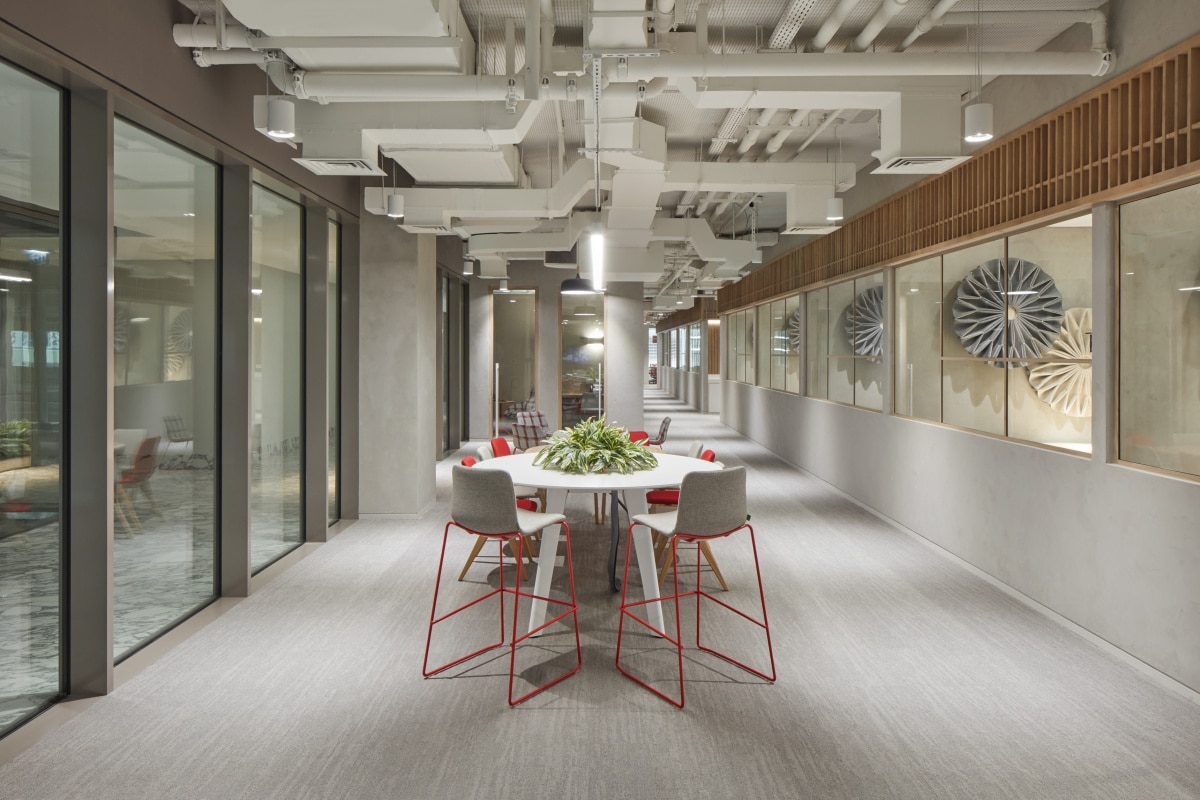
Pallavi Dean, founder and creative director of Roar, commented: “We designed a space around three themes: Japanese values, Emirati culture and data-driven design. At one end of the spectrum it is very artistic and intuitive, drawing on concepts and materials such as pared back minimalism with wood, raw concrete and paper – coupled with Emirati craftsmanship such as khous handweaving. At the other extreme, the space planning used sophisticated mathematical models to find the right mix of private, shared and public spaces.”


